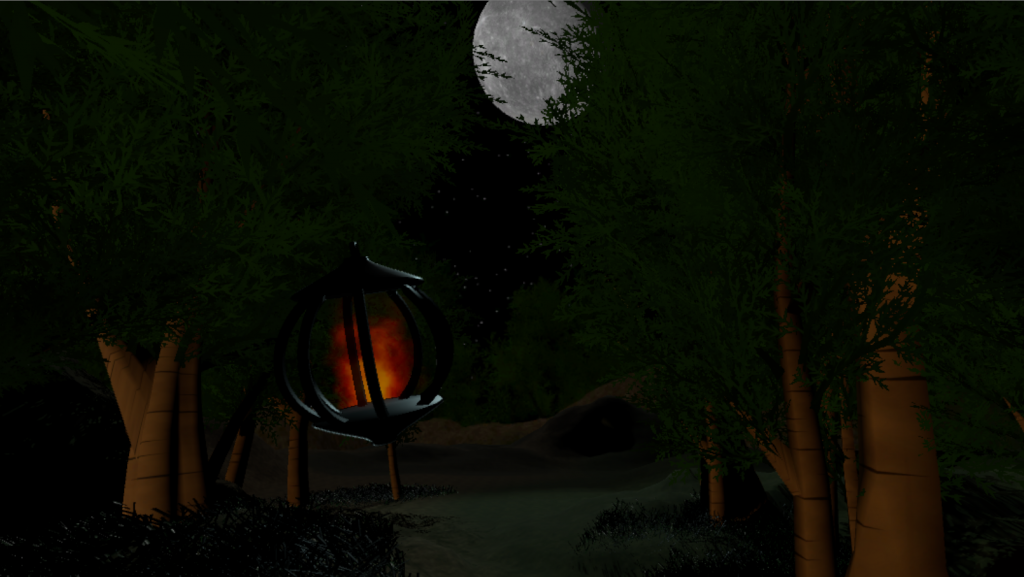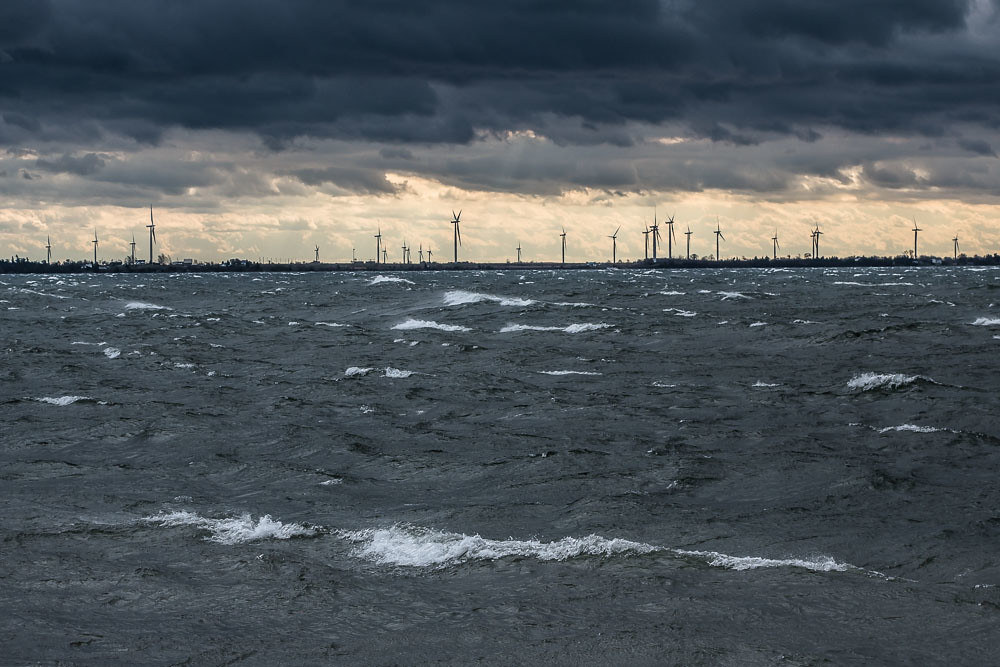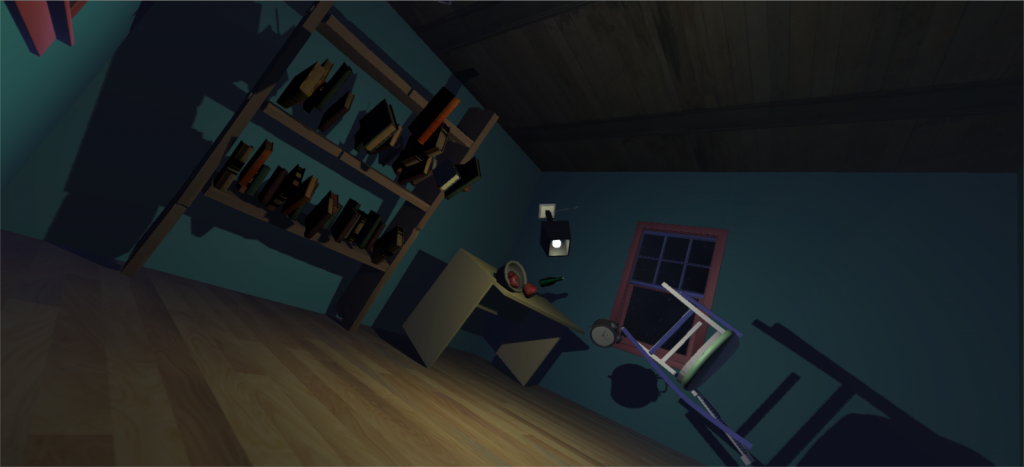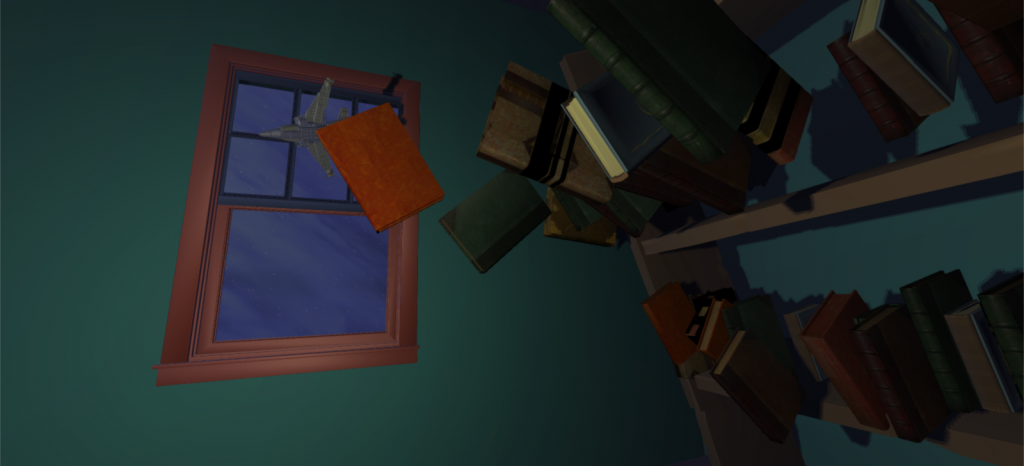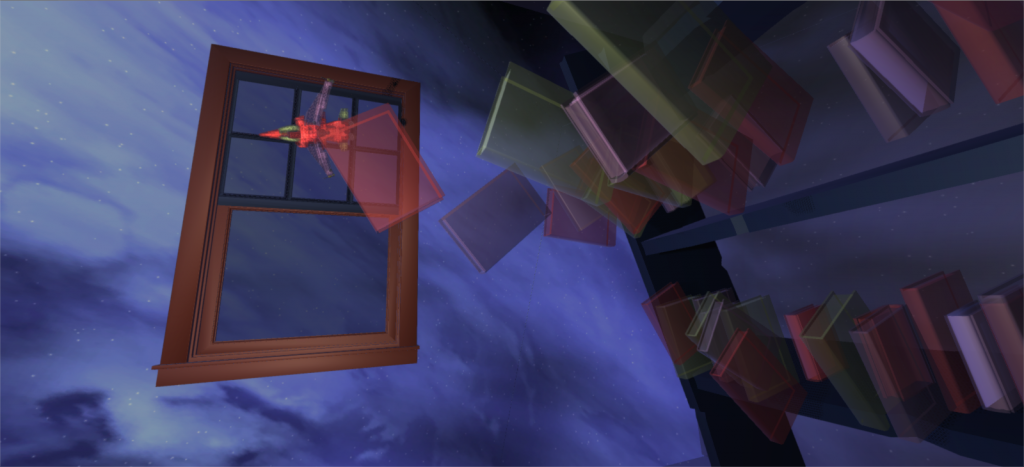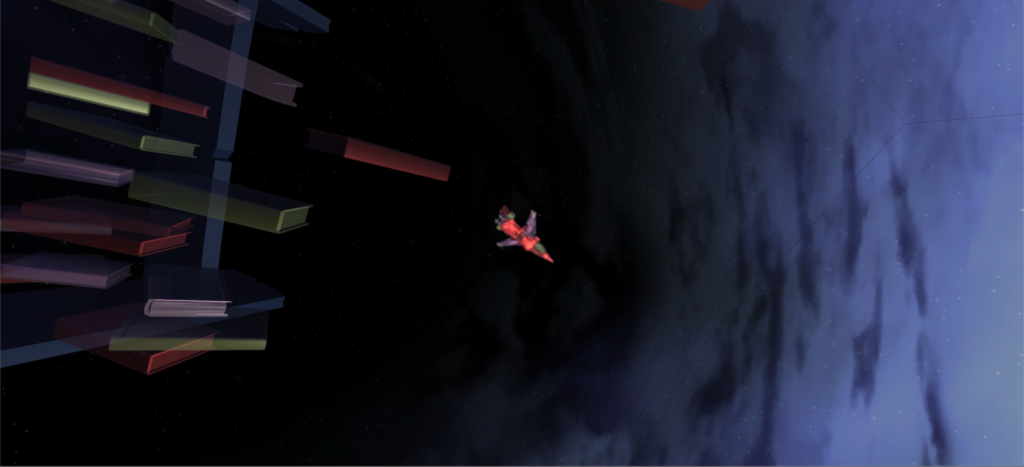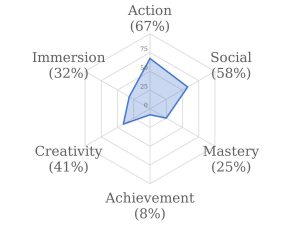Proposal 1: Gifted reality
Description: A social VR experience where one player wears a VR headset and another views a screen. The player viewing the screen has control over the environment than the VR player is experiencing, and can see the VR player represented as an avatar on her screen.
Statement: I want to explore the nature of benevolence and malevolence in everyday relationships as through the medium of VR. Given the strong responses that VR can elicit in players, giving the power to control that experience to a third party is an interesting deviation from the norm of precreated experiences on the platform. I would like to explore not only what sorts of experiences players will create for each other, but also how allowing players to shape each others’ environments might reflect their relationship.
References: The Stanford Prison Experiment, “Escape from Spiderhead,” gift-giving, those awful flash games where you abuse an avatar, Littlebigplanet, Dreams
Proposal 2: Social art gallery
Description: A social VR game in a gallery setting where different art and exhibition halls (with different lighting, colors, and arrangements) are randomly combined to form a museum. Players can move about the space and sit down together in front of the art; those two players are then placed into a dialogue where they must exchange dialogue snippets and comments about the art (like dialogue systems in many single-player games). Players can leave once the conversation is finished.
Statement: My main interest in this project is attempting to explore the discourse around art, especially when the context is manipulated. By randomly arranging art and exhibit, the game can explore how context affects how people discuss art, and by being forced to choose from a preset list of dialogue options, players’ are forced to talk with each other in ways that they perhaps wouldn’t have done otherwise. However, a key challenge will be keep players interested in those conversations, given their lack of control.
References: my own experiences in art galleries, portfolio exhibitions and critiques, Telltale games, Joy Exhibition, The Beginner’s Guide
Virtual Installation
(Windows): https://drive.google.com/open?id=0B5LjA0KYyVXvcnNNa2FlcG9nSkk
(Mac): https://drive.google.com/open?id=0B5LjA0KYyVXvM0c0Uy1yR0REazQ
(this is a game idea that I thought I might want to explore for the end-of semester assignment, but ended up feeling too small to be a full-length project)

